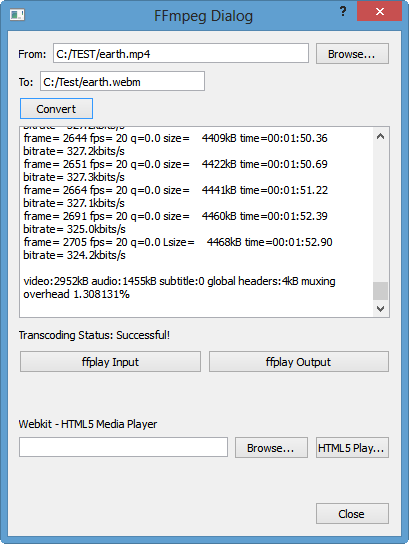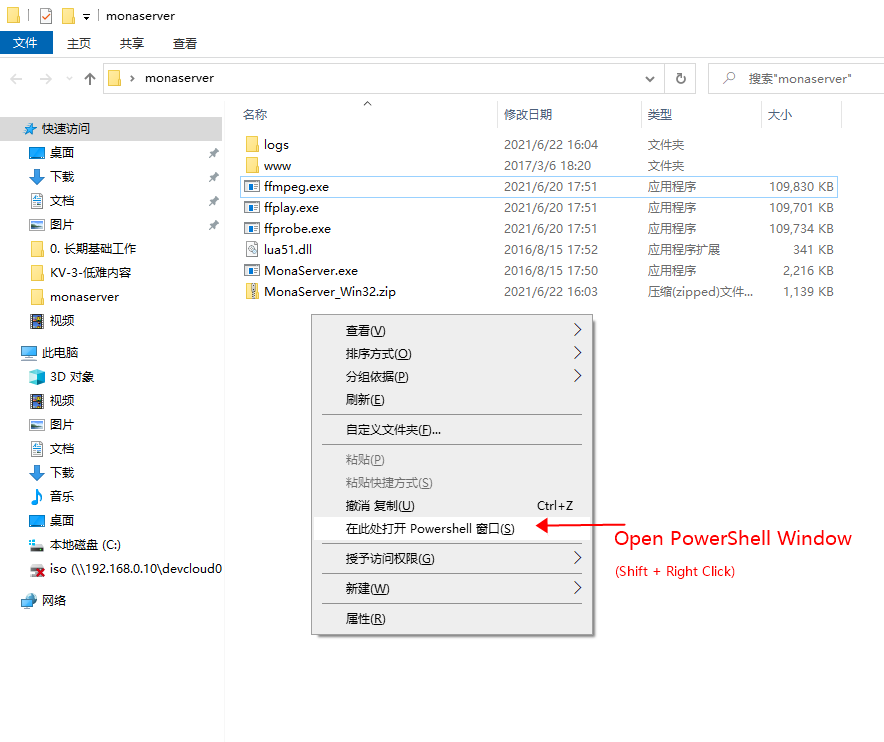
#Ffmpeg windows stream to youtube update#
Tinkering with the code I made those dynamic as well, so that I could update them dynamically. In just a few minutes, I had some basic code that allowed me to capture my webcam and add some overlay to it: a logo in the upper right, a semitransparent bar on the bottom, and some text over that as an overlay. Sounds like a lot of steps, but they were actually very easy to setup and go through. keep on drawing on the canvas as if there’s no tomorrow!.use that new MediaStream as a source for a new PeerConnection.get a new MediaStream from the canvas using captureStream().
#Ffmpeg windows stream to youtube plus#
start painting the video frames on the canvas, plus other stuff that may be nice (text overlays, images, etc.).put that MediaStream in an HTML5 video element.get a MediaStream via the usual getUserMedia.create an HTML5 canvas element to draw on.It basically sums up to a few different steps: I knew you could kinda use HTML5 canvas elements for this, but I had never played with it, so I decided to do that now. Or to be more precise, I have obviously captured and published ton of WebRTC streams in these past few years, but I never tried mangling with the captured video on the browser side. The first part was interesting, as I had never done that before. something to translate that stream to whatever makes YouTube Live happy.a WebRTC server to receive the stream from the browser.a way to capture video in the browser, edit it somehow, and use it in a WebRTC PeerConnection.With the Kamailio World Dangerous Demos season opening (and if you’ve ever attended or participated at the Dangerous Demos, you know how James Body will hunt you down until you agree to participate! 😀 ), this became the perfect opportunity to tinker with this, which is exactly what I did! Well, kind of… What about playing with this myself, to get Firefox to send something via WebRTC, and see it published live on YouTube instead? Maybe with some HTML5 canvas stuff to add some spice. Edge? Get out of here! Safari? Well, I don’t care much about Safari, to be honest… 🙂Īnyway, this got me thinking. Among other things, they found out that, as too often happens (and without any valid reason at all, really), this only works if you’re using Chrome.

The webrtcHacks guys, and the amazing Philipp Hancke in particular, immediately did their usual great job in studying how that works.

We all read the news recently about YouTube opening the doors to WebRTC as a way to start a live stream.


 0 kommentar(er)
0 kommentar(er)
